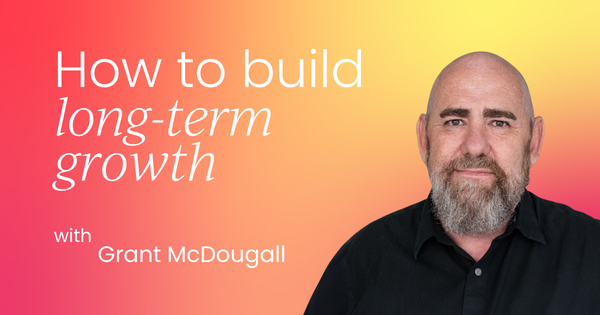Note: This article is based on a talk by Grant McDougall, Co-Founder & CEO of BlueOcean.ai, from our Chief Marketing Officer Summit.
I’ve spent the better part of 25 years in marketing. Over that time, I’ve seen brilliant ideas die quietly in boardrooms, not because they weren’t good enough, but because they couldn’t be justified in the short term.
Brand has always been the long game, and yet the long game is the hardest to defend when you’re staring down quarterly pipeline targets.
That frustration (watching inspired brand ideas get sidelined) was what pushed me into building software. I wanted to give marketers like myself, and like you, a better way to prove the case for your brand. And that’s where BlueOcean.ai was born.
Here’s what I’ve learned about the changing world of brand tracking, why I believe we’re on the edge of a new era, and how technology can finally help us stop justifying brand (and start building durable, long-term growth).
The tension every marketer feels
When I speak with CMOs, I hear the same story again and again. You come into the role with ambition to set the foundations for a brand that will last. You want to build capabilities that let you take the long-term view.
And then, almost instantly, reality hits. The first thing dropped on your desk is a pipeline number. You’re asked to hit revenue goals this quarter, and suddenly you’re playing defense.
I empathize deeply with that. It’s not easy to hold two priorities in balance: delivering short-term sales while simultaneously laying the bricks of a long-term brand. But here’s the truth: companies that lean into brand investment win. Consistently.
The data backs it up. BCG and Les Binet & Peter Field have shown that brands that maintain consistent presence and investment enjoy a 74% higher return on investment. Seventy-four percent. That’s not a rounding error, that’s transformational.
And we know why: brands built over time outperform. In an algorithmic world, where content is created and distributed at lightning speed, being present and consistent pays compounding dividends.
You reach people who aren’t in-market today but will be tomorrow. You become familiar, trusted, and, eventually, the default choice.
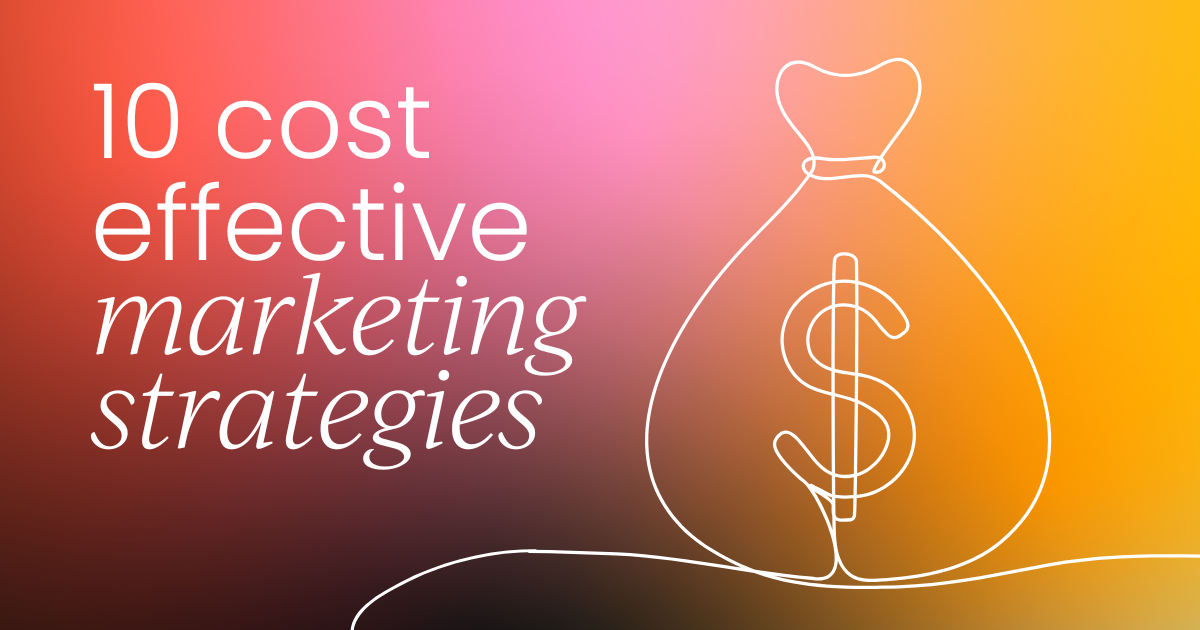
Why do we stop investing?
If this is so clear, why do we keep underinvesting in brand?
Part of it is the pressure I mentioned. CFOs and boards want to see numbers that map neatly onto revenue. Brand feels squishy by comparison. And the methods we’ve traditionally used to measure it haven’t helped our case.
Think about brand tracking surveys. They’ve been around for 50, 60 years, and they haven’t evolved much. We ask consumers questions that don’t match reality.
One of my favorite (or least favorite) examples comes from a large B2B company that asked: “How likely are you to recommend an operating system to your friends or colleagues?”
The answer “Not likely” wasn’t surprising. And the open comment said it all: “People don’t have conversations where they randomly recommend operating systems to one another.”
That’s not how brands are built in the modern world. Brands today are built with differentiated content, creative assets that emotionally resonate, and a consistent presence across channels.
They’re built through culture, conversation, and visibility, not hypothetical survey questions.
The problem with old-school brand tracking
Traditional brand tracking is too slow, too expensive, and too disconnected from reality. Waiting six months for survey results is like driving with the rearview mirror.
Meanwhile, the landscape has shifted dramatically. We live in an era with 70,000 new AI companies, unprecedented media fragmentation, and the ability to spin up content with a click. Tracking methods that move at a glacial pace just don’t cut it anymore.
This was the challenge that set us on the path at BlueOcean. We asked ourselves: if we could build brand tracking from scratch today, with no ties to the past, what would it look like?
Building BlueOcean.ai: A new approach
Five years ago, we launched BlueOcean to reimagine brand tracking for the AI era. Our goal was to create a system that reflected how brands are actually experienced: always on, multifaceted, and competitive.
We started by tackling data. Marketers have no shortage of it, but it’s fragmented across tools, teams, and agencies. So we built a platform that pulls in thousands of data points:
- Market performance data from Nielsen, Kantar, and others
- Digital presence from sources like SimilarWeb and SEMrush
- Customer sentiment from reviews on Glassdoor, Yelp, Amazon, G2, Capterra, TrustRadius
- Revenue analysis, growth rates, and financial performance
Then we made a deliberate decision: no integrations required. Marketers already juggle enough platforms. BlueOcean can be live the same day, or within two weeks if a brand isn’t already in our system. Compared to six-month survey cycles, that’s night and day.
The result? An always-on view of your brand and your competitors, presented in a way marketers can act on immediately.
Lessons from the brands we’ve partnered with
We’ve been fortunate to work with some remarkable companies: SAP, Cisco, and others. Let me give you a couple of stories that show what happens when you put brand at the center.
At SAP, we partnered with their chief brand officer to transform how they think about brand measurement. Instead of relying on lagging indicators, they now have a dynamic scorecard showing where they stand relative to Microsoft, Salesforce, and other competitors.
That visibility has changed how they prioritize investments.
Another story comes from a large networking company we worked with. Their CMO was tasked with repositioning the company and making the case for brand-led growth.
With BlueOcean, they benchmarked their awareness gap versus competitors, quantified it, and brought a scorecard to the board.
The outcome? A threefold increase in the marketing budget. With that fuel, the company launched a bold brand campaign, entered Formula One, and repositioned themselves around AI. The payoff was real: record revenue and a $14 billion acquisition.
This is the power of putting quantifiable brand metrics in marketers’ hands. It transforms conversations with boards and CFOs from defensive to offensive. Instead of saying “trust us,” you can say, “Here’s the score, here’s the gap, here’s the plan”.
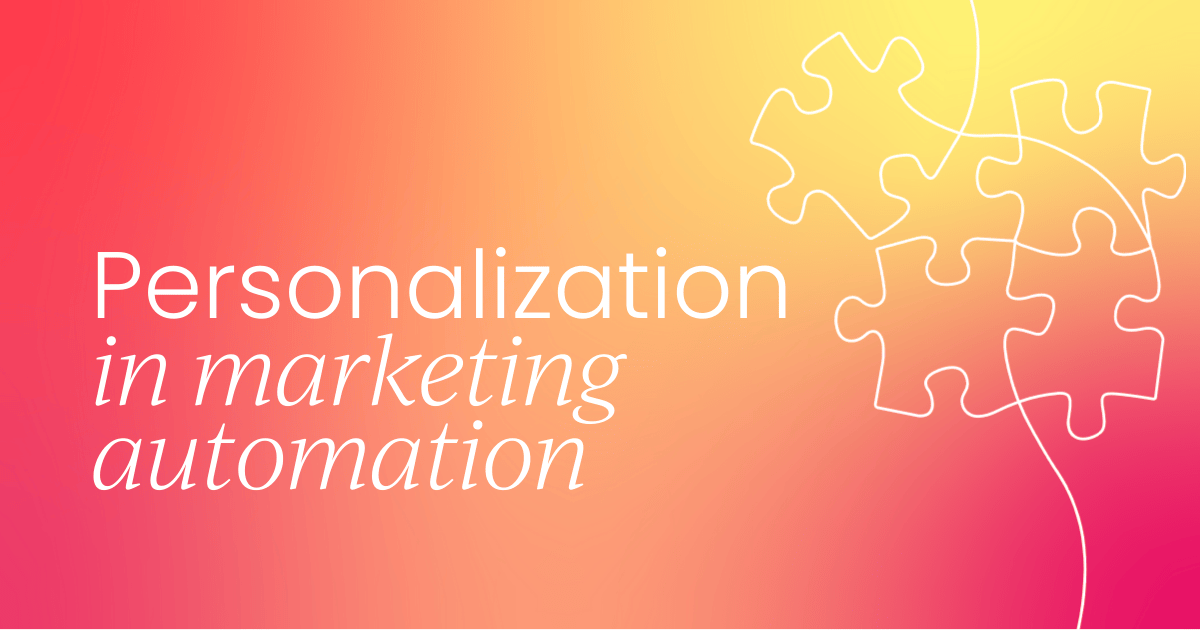
Transparency matters in the age of AI
There’s another lesson we’ve learned that I think applies far beyond BlueOcean: transparency is critical.
Too much of AI right now is a black box. Models spit out results without showing their work, and that breeds skepticism.
We made a conscious decision to do the opposite. In BlueOcean, you can see the frameworks, the weightings, and the measures that go into your brand score. You can adjust them, create custom frameworks, and interrogate the data with natural language queries.
That matters because marketers don’t need another oracle. You don’t need software to tell you what to think. You need a partner that gives you the raw material and empowers you to ask the right questions.
From scorecards to strategy
So what do marketers actually do with this? A few use cases stand out:
- Demand generation teams use it to see how paid, owned, and earned media stack up against competitors, and to spot underinvestment in key channels.
- Product marketers use it to identify themes resonating in the market and adjust positioning.
- CMOs use the scorecards to align 300-person marketing teams on shared OKRs tied to brand, not just revenue.
That last point excites me the most. When a company sets goals around brand health, they shift the culture. They stop treating brand as a fluffy afterthought and start treating it as the durable growth driver it truly is.
Advice for marketers on the AI journey
I want to close with some advice. AI is not the future, it’s the present. If you’re not experimenting with it personally, you’re already behind. Don’t think of AI as just ChatGPT.
Think of it as the combination of context, data, and large language models applied to real problems like brand tracking.
And don’t wait for permission. Play with it now. Learn how it works in your own life. Because the marketers who understand how to harness AI will be the ones who stop justifying brand and start leading growth.
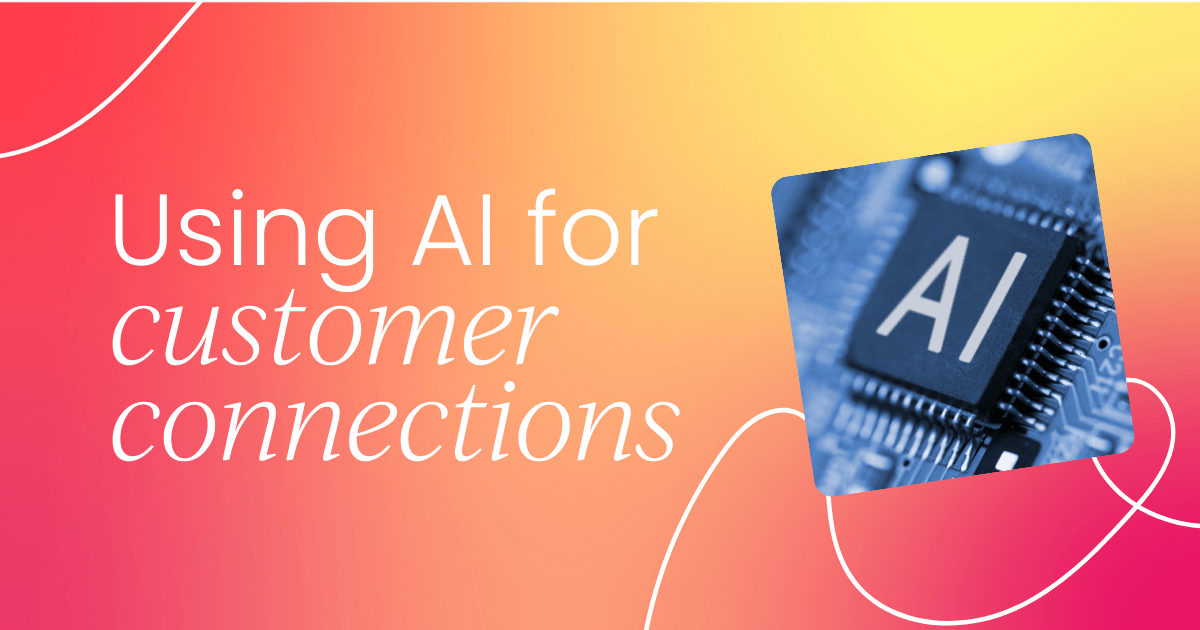
A final word
If there’s one thing I hope you take away, it’s this: brand is not a soft metric. It’s not something you justify. It’s the foundation of durable, compounding growth.
I started BlueOcean because I was tired of seeing great brand ideas killed. Five years later, I’ve seen firsthand how companies that invest, measure, and commit to brand win big.
So, let’s stop treating brand like an indulgence. Let’s treat it like the growth engine it is. And let’s use the tools of this new AI era to finally prove what marketers have always known in their gut: brand matters.






.png)


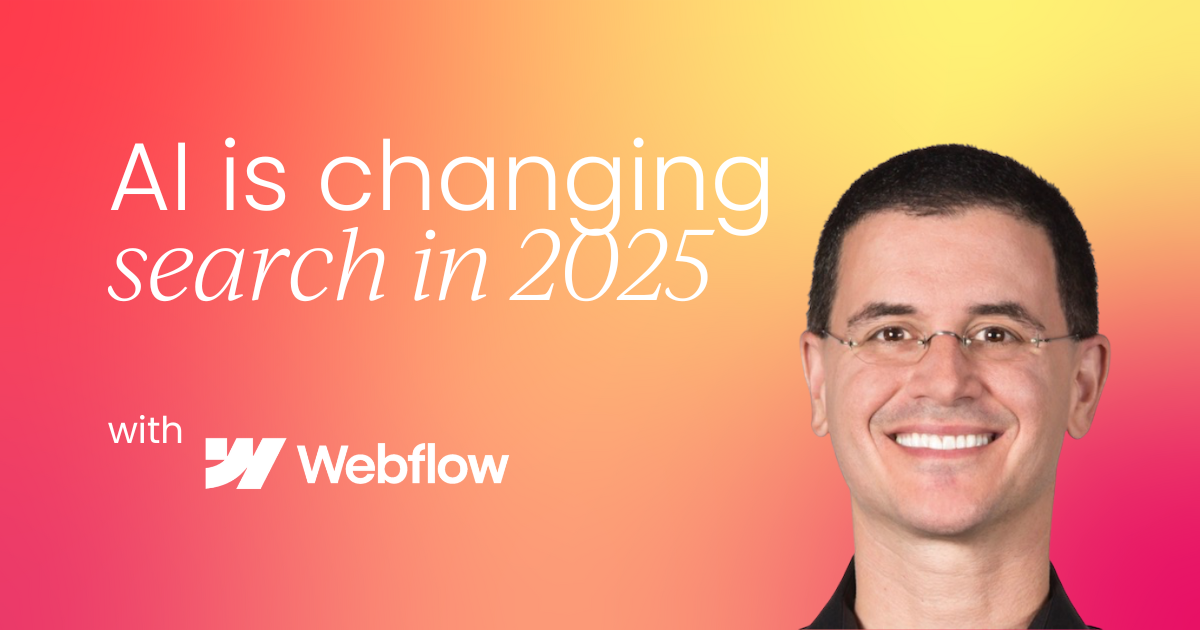
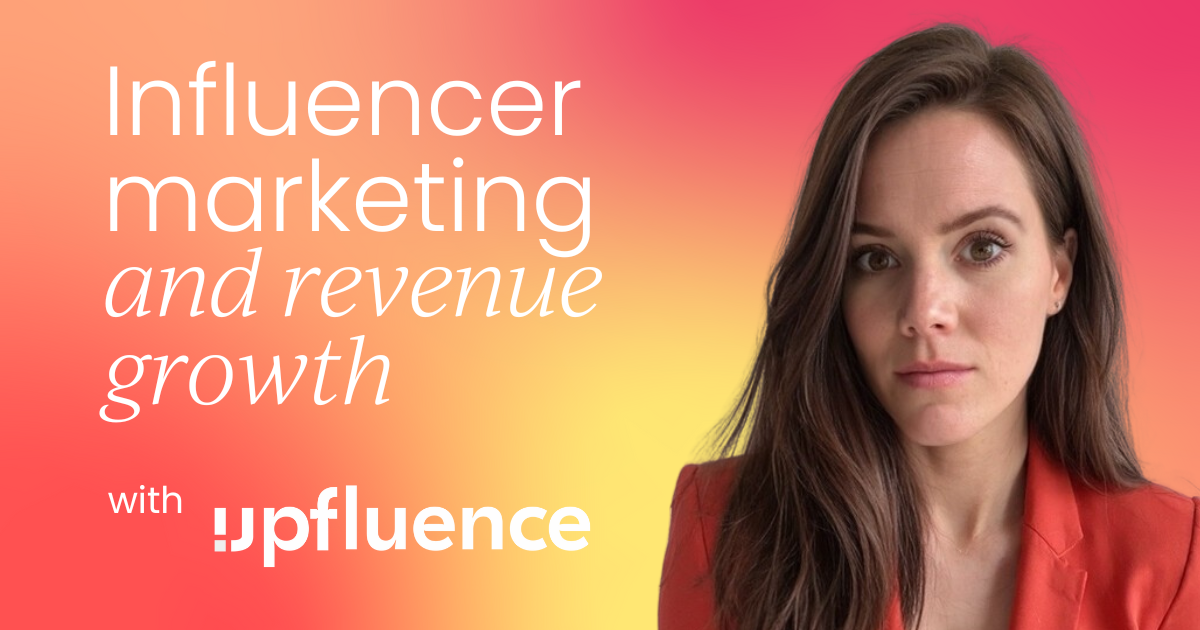
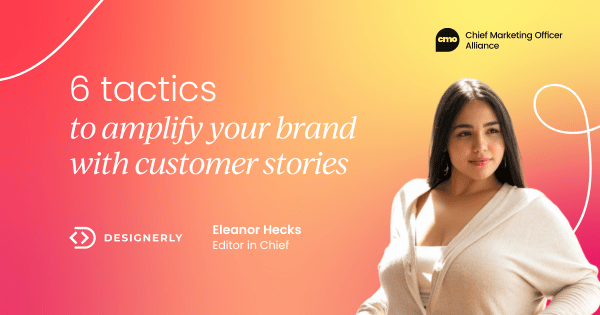




 Follow us on LinkedIn
Follow us on LinkedIn




